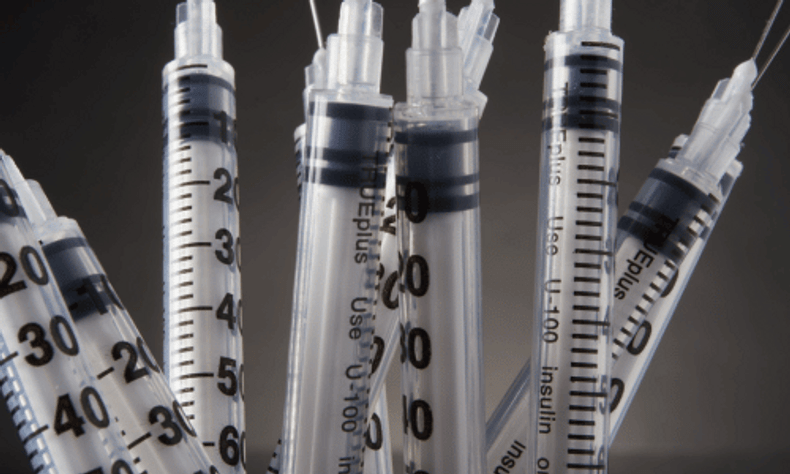When it comes to medication, precision is everything. Whether you're administering a life-saving shot or simply following your doctor’s prescribed treatment plan, every drop counts. However, there's an often overlooked factor that can impact the accuracy of a dose: syringe dead space. It might sound technical, but understanding it is key to minimizing medication waste, improving treatment effectiveness, and even saving costs.
What is Syringe Dead Space?
Syringe dead space refers to the small volume of fluid that remains in the syringe after the plunger is fully depressed. No matter how carefully you push the plunger, a tiny amount of medication stays in the needle or the syringe, particularly in areas like the tip and inside the barrel. While it may not seem like much, this leftover medication adds up over time, especially in settings where doses are given multiple times a day.
Why Does It Matter?
- Wasted Medication: Over time, the leftover medication from each injection can accumulate, leading to significant amounts of waste. For expensive medications, this waste can be a serious concern, driving up costs unnecessarily.
- Inaccurate Doses: Inaccurate doses can lead to under or over-medication. This is especially critical for medications that need to be given in precise amounts, such as insulin for diabetes, or for biologics and chemotherapy drugs where dosage accuracy directly impacts treatment efficacy.
- Increased Costs: For individuals managing their own care at home, medication waste can quickly add up. Wasted doses not only mean more money spent on extra medication, but they can also lead to more frequent trips to the pharmacy for refills, ultimately impacting both your budget and your treatment plan.
- Treatment Effectiveness: When patients don’t receive the full, intended dose, the treatment may not work as well as it should. Even a small underdose could make a difference in the outcome of the treatment, leading to less-than-ideal results.
How to Minimize Syringe Dead Space?
Fortunately, there are a few practical steps we can take to reduce the impact of syringe dead space and make sure every dose counts:
- Choose the Right Syringe: Some syringes have lower dead space than others. For example, low-dead space syringes are designed to reduce the amount of medication left behind in the syringe and needle. These syringes typically have a special design that minimizes areas where medication can pool.
- Check the Needle Size: Larger needles tend to have more dead space, so choosing a needle size that is appropriate for the medication being administered can help minimize waste. Consult with a healthcare professional to determine the best fit for the treatment.
- Use Correct Technique: When using a syringe, make sure the plunger is fully pressed down and that any air bubbles are removed. Gently tapping the syringe before pushing out the air helps you get the most out of your medication. If you're ever unsure about the process, feel free to reach out to your doctor or nurse for advice.
- Dispose of Syringes Properly: This is less about reducing dead space, but it's still important to safely dispose of syringes to prevent cross-contamination and ensure that leftover medication doesn't get reused or wasted incorrectly.
Why It Matters
The impact of syringe dead space might be small in any one instance, but over time, it can lead to wasted medication, inaccurate doses, and unnecessary costs. By being mindful of the syringe you use and ensuring you're administering doses correctly, you can help reduce this waste and contribute to more effective treatments. It's all about precision—getting the right dose to the right person at the right time.
By making small adjustments, we can improve treatment outcomes, reduce costs, and ultimately ensure that every dose does its job.

